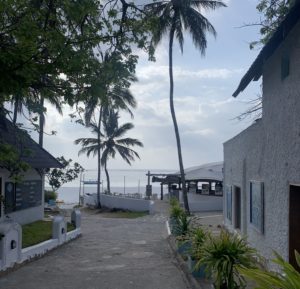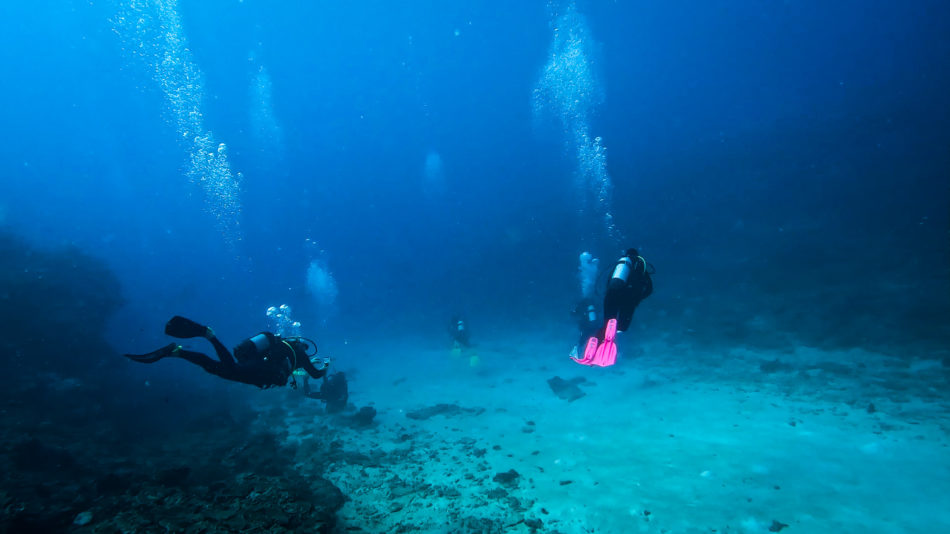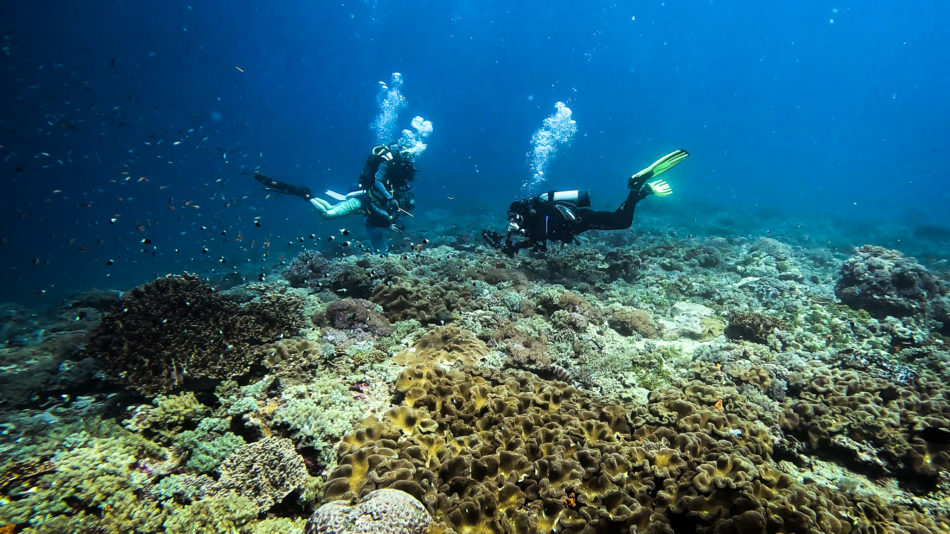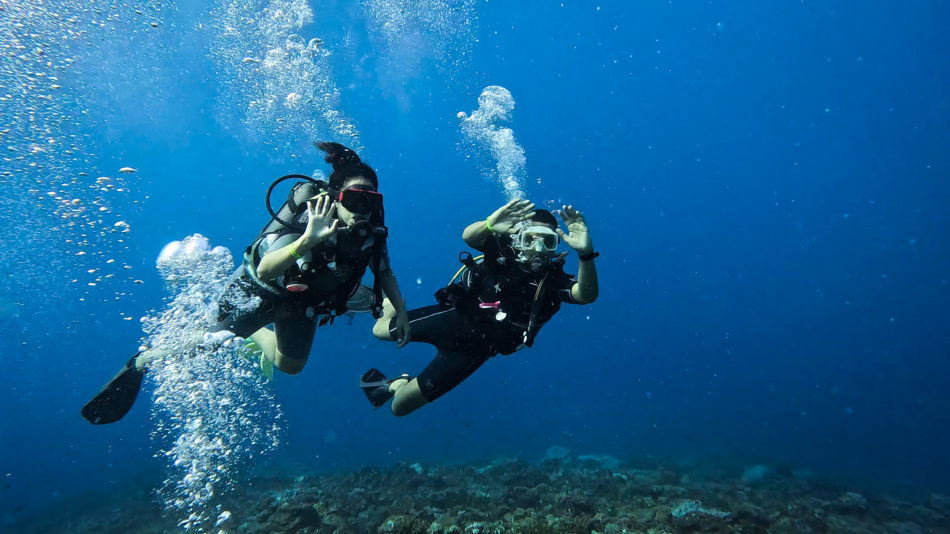Introduction
Scuba diving has always been on my bucket list. I’ve probably seen countless YouTube videos over the years of people going on dives in amazing locations all around the world and I thought to myself that one day, I’ll be doing that. I have always been fascinated by the ocean ever since I was a kid and went on beach holidays with my family, but never had the opportunity and even the courage to take that next step and experience the deep blue unknown.
Around 2020 I had finally finished my studies and wanted to take time to do things that have always been on my bucket list, however, then I had to once again delay this experience. In early 2023, finally, the opportunity came and I was able to travel to Diani Beach and pursue my PADI Open Water Diver certification.
Preparing for the adventure
Having lived in Nairobi for a while, the pressure to finally pursue diving has grown over the years, since the beach is not really far away. I went to the beautiful Diani Beach on the southern coast of Kenya, which has been hailed as one of the best beach destinations in Africa – naturally, this was the place to go to pursue diving. Getting to Diani Beach from Nairobi is fairly easy. You can either drive down yourself (8hr journey), take the train to Mombasa (5hrs) then another car ride (2hrs) or you can take a domestic flight which takes about 1hr (recommended!!).
There are various domestic airlines available, such as FlySax, JamboJet, and SafariLink.
Dive Center Experience
Prior to my arrival, I researched the best dive centers in Diani, and Diving The Crab definitely stood out! It has been in operation for over 15 years and has always maintained a very strong reputation across the entire country. Once I arrived, I definitely saw why. The staff was top-notch and absolutely professional. The equipment was very well maintained and clean and the overall experience was very seamless.
Getting ready to dive
The first step in obtaining your PADI license is to do an online course via the official PADI website. The course takes anything between a couple of hours to a couple of days depending on how committed you are. The course is very comprehensive and covers pretty much everything you need to know about diving. Once the theoretical part is done, the dive center will go through a couple of drills in the pool so that you can get used to the equipment and breathe underwater. The pool exercises take about half a day to complete. You’ll get a first glimpse into breathing underwater for a prolonged time as well as go through some standard and emergency procedures with your instructor.
The thrill of scuba and challenging moments
As someone who has not always felt the most comfortable underwater, diving in the open ocean for the first time was a thrill I won’t soon forget. Getting to the depth of around 10-12 meters and seeing all the marine life for the first time was indescribable. The great thing about diving in Diani is that you only have to take about a 20-minute boat ride to amazing dive sites. Spending only a short time on the boat is great, especially if you are prone to get seasick.
You’ll be in a group with about 5-6 other divers including a few instructors and each person is given a dive buddy. Before descending into the water you’ll do the standard “buddy check” to make sure all the equipment is in the right place and works perfectly. Each pair is given an instructor during the dive, which is great because it makes for a more individualized experience and in case you’d like to ascend early, you can do so with your instructor and your buddy – without disrupting the rest of the group.
Each dive lasts for about 40-50 mins depending on how much oxygen you use up during your dive. In the beginning, it’s normal to use a lot more just because you’re still in an unfamiliar environment which can get your heart rate up and therefore lead you to breathe more rapidly. With each dive, this feeling subsides and soon you’ll be able to ration your oxygen more efficiently.
Takeaways
The key takeaway for me was to make sure not to give up during the early stages. There were times when it was quite challenging for me, especially when it came to equalizing my ears. After the first day of the dive course, I came back with a strong headache and I thought it was not really worth it. Sticking with it really pays off as the learning curve is quite steep at first, but the more you dive, the more you get comfortable underwater and the more fun it is.
The second takeaway was that Diani Beach is a great destination for first-time divers. The visibility is good during the dry season and there are lots of different dive sites to explore, all rich with amazing sea life.
Tips for first-timers
What really helped me was learning how to equalize my ears. There are various methods which you can take and each method has a different effect depending on how your body responds. Try all the methods and see which one works best for you. Your dive instructor might only have one method which works for them, but that might not work for you so it’s important to explore what other people are doing.
Another thing that helped me was to inform myself on how to breathe underwater properly. As a beginner it’s normal to breathe quite a lot underwater – which means you are using up your oxygen much faster. As a reference, 200 bar should last you for about 50 minutes, however, in my first few dives I was almost out of oxygen after about 30-40 minutes, which meant that I had to ascend a lot earlier than everyone else I dove with.











Great read! Diani Beach looks like an incredible scuba diving destination with its crystal-clear waters and rich marine life. The mention of whale sharks and vibrant coral reefs makes it even more exciting! Definitely adding this to my travel bucket list. Thanks for sharing your experience!